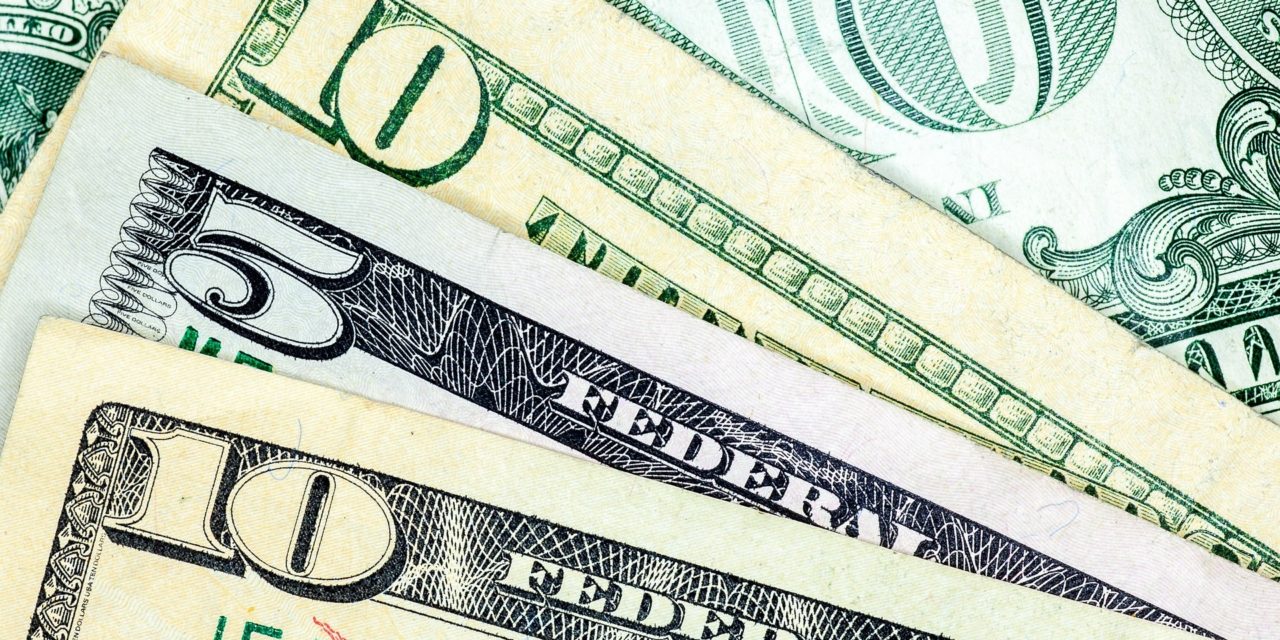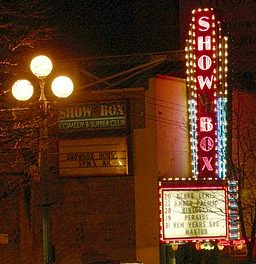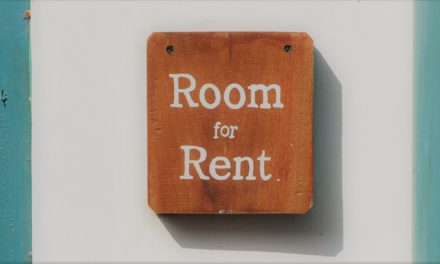![By The All-Nite Images from NY, NY, USA (Fight for $15 on 4/15) [CC BY-SA 2.0 (http://creativecommons.org/licenses/by-sa/2.0)], via Wikimedia Commons](https://www.greenfieldadvisors.com/wp-content/uploads/2016/04/Fight_for_15_on_4-15_16974151150-300x169.jpg)
By The All-Nite Images from NY, NY, USA (Fight for $15 on 4/15) CC BY-SA 2.0, via Wikimedia Commons
California and New York’s governors both signed into law bills that would raise the minimum wage to $15. Both states will be implementing staggered wage increases similar to the one set up in Seattle a year earlier. The two states join 18 others that have raised their minimum wages. Several individual cities have followed Seattle’s example.
In recent weeks, minimum wage workers in several industries have held rallies asking lawmakers to increase the worker’s pay. The rallies are tracked on the Fight for $15 group’s website. The Fight For $15 started in New York City when fast food workers first held a strike demanding a $15 an hour minimum wage.
One point of discussion amongst lawmakers both for and against an increase was how local economies would be affected. Nobody will argue that a dollar in California has the same buying power as a dollar in South Dakota. Three years ago, The U.S. Bureau of Economic Analysis announced it would be releasing a new statistic to examine how personal income compares to other states. The BEA uses Regional Price Parities (RPP) with national Personal Consumption Expenditures (PCE) to give economists a picture as to how personal income differences vary across states. New York and California were second and fourth, respectively, among all states. It is no surprise that workers in those states want a higher minimum wage.
However, opponents of a national minimum wage increase say that the increase could be damaging to an economy that is only just now recovering from the economic downturn. Many of the laws allow smaller businesses to have more time to implement the higher wage. But what constitutes a small business is ambiguous. McDonald’s is an international brand with restaurants across the globe. While that may be true, franchise owners of McDonald’s or other fast food chains, who may have a fairly small staff, say they should be treated as small businesses. The International Franchise Association and five local franchisees sued Seattle after the increase was signed into law. The case was thrown out and upheld on appeal. The IFA and the franchisees are now waiting to see if the Supreme Court will hear their case.
Most of the debate has centered on businesses, but there is one group that cannot raise prices when the minimum wage increases in surrounding areas. Non-profits often operate on a shoestring budget with a small staff. Revenue comes from donations and fundraisers. In New York, non-profits are considering cutting staff, limiting programs they offer, or lowering employee benefits; it can be difficult for non-profits who help poverty-stricken residents. The higher minimum wage may help some of the people, but it could also mean that the non-profit would not be able to help as many people as in previous years.
The 2016 presidential election is just around the corner, and as the primary season heads toward the final months before the nominees are selected, both Democratic candidates have already been asked about a national minimum wage increase. The discussion is sure to intensify as November nears. Do you expect a national minimum wage increase? Tell us why or why not in the comments.






Recent Comments